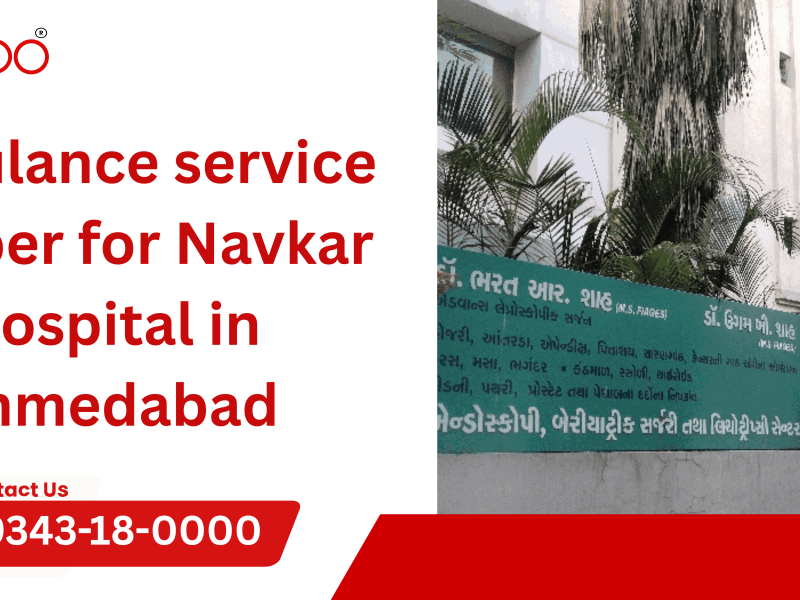“The first help to reach the site of the accident is an ambulance driver”

The healthcare system in India ranges from small medical centers in rural villages to super specialty medical centers with high-quality services. Regardless of the type of facility one is being admitted into, The first help to reach the site of the accident is an ambulance driver.
The efficiency of the ambulance driver in taking the victim to the hospital on time is essential, not only to determine the extent of injuries sustained but also to determine whether the victim will live or not. Cases of road accidents have increased drastically in the last few years, most victims around the ages 15-44. Time and again, these victims have been losing lives due to the unavailability of Emergency Medical Services. The question arises with respect to how these emergency services function and who qualifies as an emergency technician.
It’s not uncommon for us to hear stories and read news about ambulance mishaps in India. There are countless ambulance accidents caused by both unqualified ambulance drivers as well as ignorant bystanders. This was exactly the case in a recent ambulance accident due to a drunk ambulance driver in Tamil Nadu. In order to understand the root cause of the problem, we must first look into how these ambulance drivers qualify for the job and the regulations relating to it.
Basic qualifications
Unlike many other countries with advanced Emergency Medical Services, the law in India does not prescribe any specific qualifications for an average ambulance driver. Despite the basic requirement for the driver to have passed 10th grade and acquire the required driver’s license, there is no requirement for training of any sort. Although they are commonly referred to as Emergency Medical Technicians, most times they have no qualifications for the job.
When we analyze cases of ambulance accidents, we find that most drivers are unqualified or don’t follow the rules of conduct. We have all seen ambulances racing past traffic, sometimes even on the wrong side of the road. This only makes us wonder, how vulnerable are ambulances to accidents with such rash driving? Are these ambulance drivers qualified enough to drive fast but also safely? The truth is that patients are more likely to get injured in the ambulance than reach the hospital within the Golden Hour. With over 6,500 ambulance accidents reported in 2019 alone, it is no doubt that there must be additional provisions in the law to filter out the eligible ambulance drivers from the lot.
The reason for the lack of provisions for training in EMT is that majority of the population has no access to education in our country. The ignorance of medical institutions and the lack of money and education have led to a lack of regulations when it comes to Emergency Medical Services. This allows anyone with a valid driver’s license to be eligible for the job.
EMS in Other Countries
In other countries like the USA and UK, the requirements to become an ambulance driver are much more specific. In the US, emergency healthcare is given high priority with the establishment of various emergency helplines such as the ‘911’, in full functionality. Ambulance drivers are required to be trained in EMT for at least two years. They are also required to have an Emergency Vehicle Operator Course (EVOC) certificate and a special endorsement on the state driver’s license in some states. They are also required to have a Basic Life Support (BLS) and Cardiopulmonary Resuscitation (CPR) certification.
In the UK, Ambulance drivers are required to have training in Paramedics or do an apprenticeship in their local Ambulance Service NHS Trust. With the requirement of a State License, they must also have a clean criminal record and driving record.
An Ideal Emergency Medical Service System.
The major disadvantage in India when it comes to Emergency Medical Services is the lack of a centralized system or helpline that could address all issues of accidents. India came up with two overlapping systems, the 108 and 102, which was an initiative to set up a centralized EMS system in India. However, in reality, both the initiatives did not gain popularity because of their inefficiency and lack of resources.
In an ideal EMS system in India, Ambulance drivers must be given sufficient training as paramedics before being allowed to operate ambulances. There must be strict requirements to qualify, along with a need to have some sort of national certification. Hospitals and medical institutions should be responsible for making these rules rigid and implementing the required measures.
It is no question that the lack of regulations when it comes to Emergency Medical Technicians is what makes the country prone to more ambulance accidents every year. There is a great need to prescribe a requirement for training in EMT and a review of the driver’s driving record periodically. The key function of an ambulance driver is not only to get the patient to the hospital on time but to also ensure that they are safe in the process. In such cases, it is essential to ensure that the very objective of trying to keep the patient safe is fulfilled to the maximum capacity.



